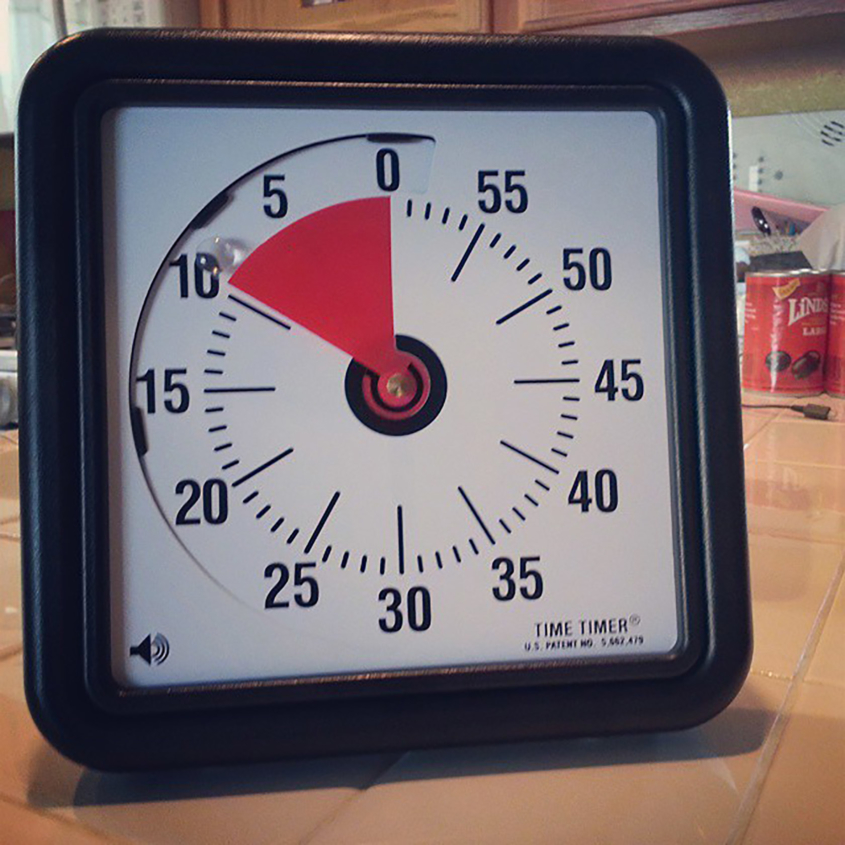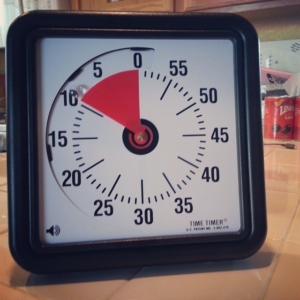Babysitter directory that might change your life
I’m not going to lie: Whenever Powerwoman and I take the kids on vacation, we’re hesitant to use sitters we don’t know.
Most of the time, we talk ourselves OUT of it, allowing our overriding lack of familiarity with the sitters in a particular destination (as well as our own neuroses about who is watching the girls) push us into inaction.
Translation: We rarely go out when we travel with the girls. Ever. And the few times we’ve actually used nanny services, we’ve been basket cases the whole time.
Naturally, then, earlier this week, when one of my favorite family travel blogs, Trips + Giggles, launched a brand new hotel babysitter directory, both my wife and I were stoked.
With the service, Juliana Shallcross, my buddy who runs the site, created a list of babysitting agencies in more than 20 cities across the United States. Her list comprises sitters who are often recommended by luxury hotels; she actually worked with luxury hotels to screen candidates and grow the list. The sitters on there now are people with whom she would trust her two girls (who are roughly the same ages as L and R).
Which puts my mind at ease.
In her announcement post, Juliana was careful to lay out parameters of the service. She notes that, because of liability concerns, most hotels cannot make the sitter reservation for you, so it’s up to you to call the agency and find out their pertinent info. She hipped readers to what rates and cancellation policies they can expect ($20-$25 per hour, 24 hours’ notice, respectively).
She even went so far as to recommend that travelers call the babysitting agencies themselves, at least two weeks in advance, and find out as much as possible about the sitters. A direct quote from her site: “Agency directors understand how nerve-wracking it can be for parents to hire sitters, so a good agency director will take the time to answer all of your questions. All of them.”
The catch (if you want to call it that) to all of this: In order to gain access to the directory, you have to sign up to become a member of Trips + Giggles (which, by the way, is free).
On the fence about joining? I’m a member, and I’ll tell you this: If being a part of the Trips + Giggles community brings you peace of mind the next time you and your partner want to have a date night on a family trip, I say it’s worthwhile. I know we’ll be using the directory the next time the four of us travel together.














